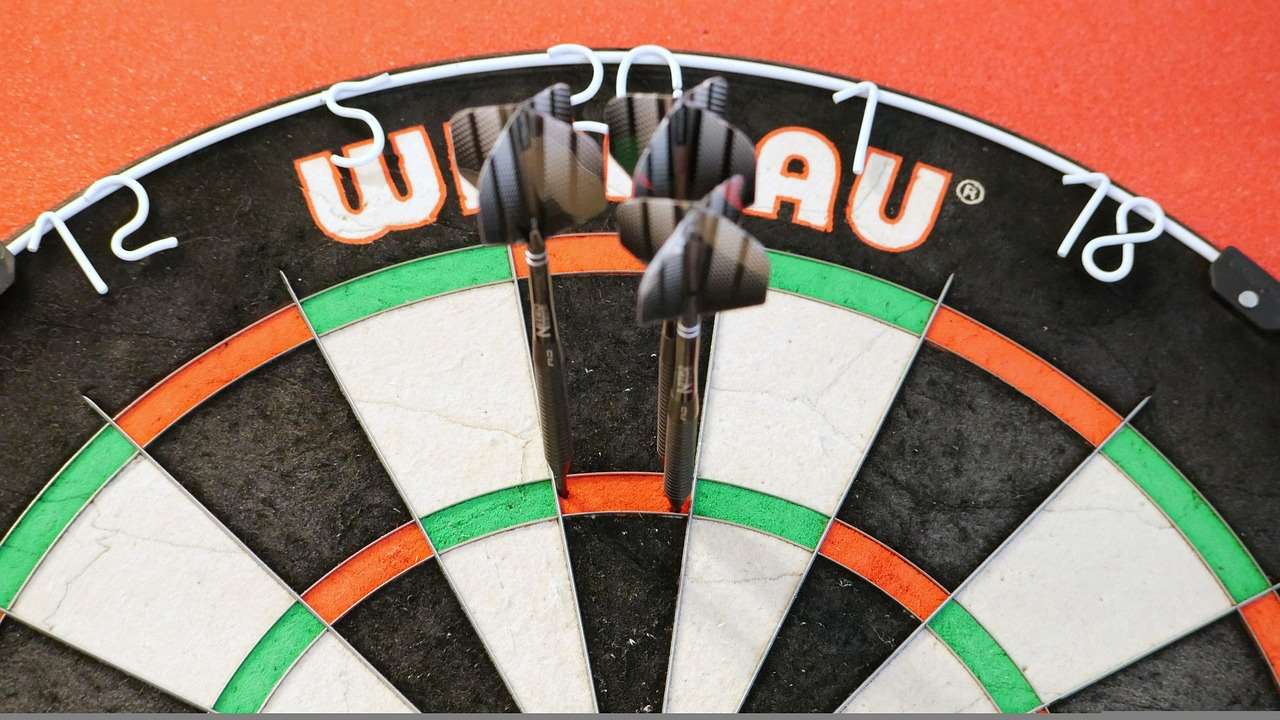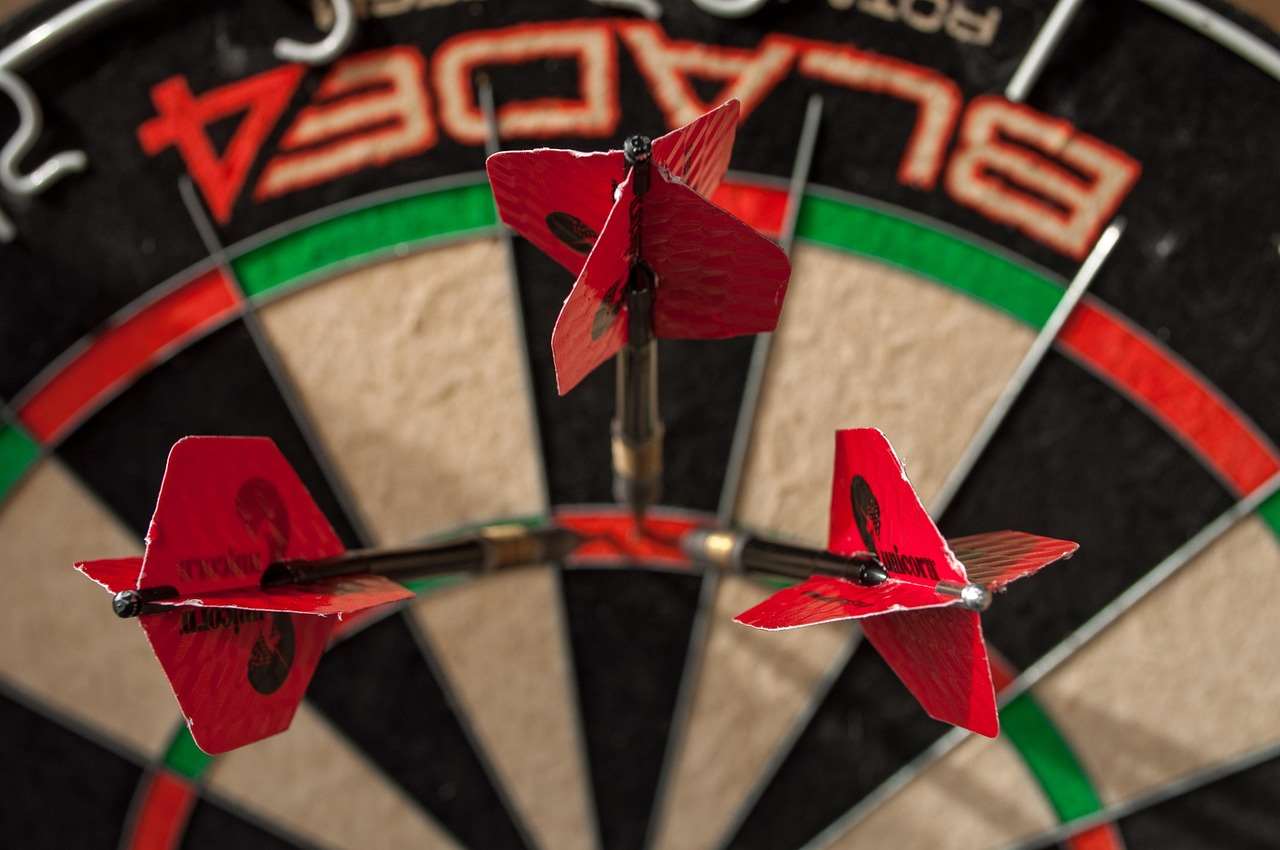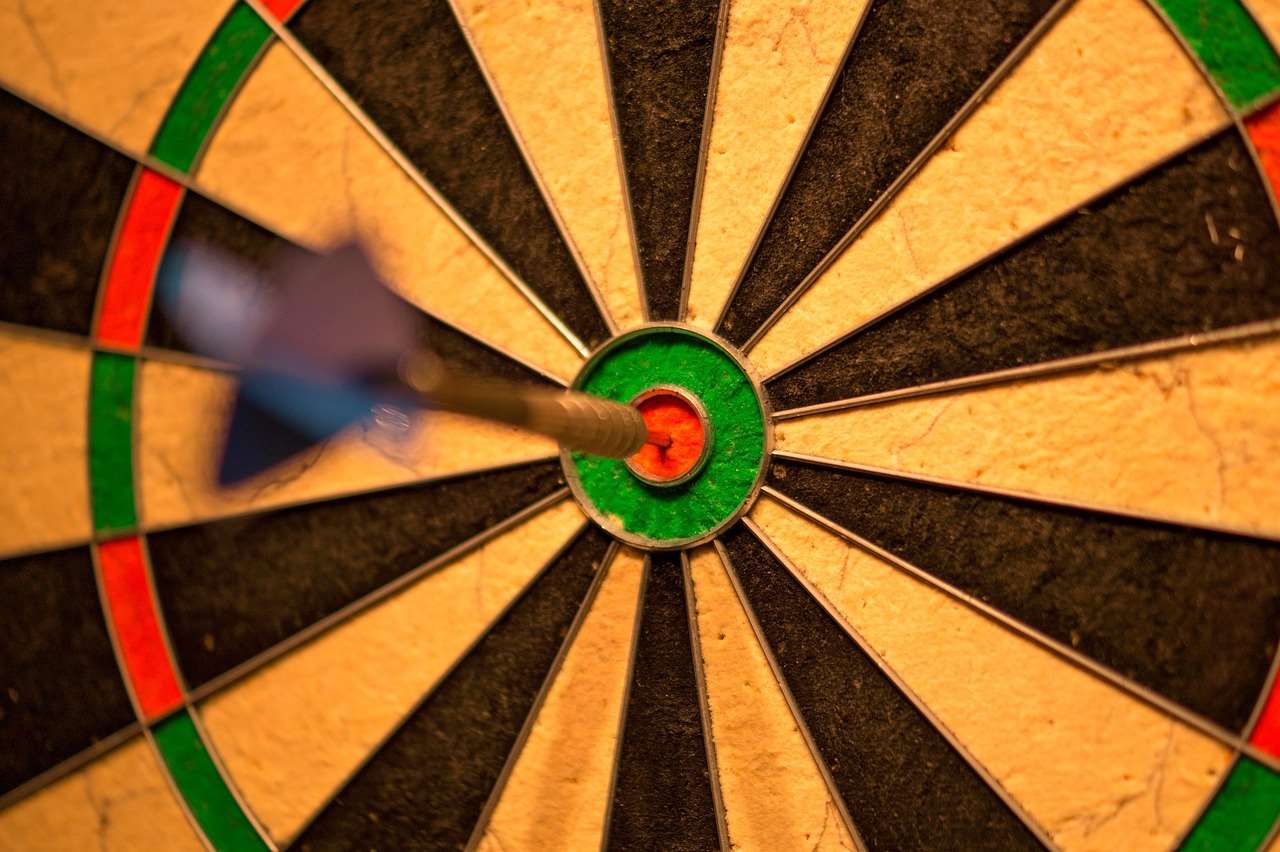Understanding dart shaft length and flight angle is crucial for improving your dart game. This article will explain how these factors influence your throw, providing practical tips and techniques to optimize your performance. We’ll cover everything from choosing the right shaft length to understanding the impact of flight angle on accuracy and consistency.
⚠️ Still Using Pen & Paper (or a Chalkboard)?! ⚠️
Step into the future! The Dart Counter App handles all the scoring, suggests checkouts, and tracks your stats automatically. It's easier than you think!
Try the Smart Dart Counter App FREE!Ready for an upgrade? Click above!
Let’s start by examining the fundamental relationship between dart shaft length and flight angle. The length of your dart shaft directly affects the balance point of your dart, which in turn influences how it flies. A longer shaft generally shifts the center of gravity further away from the point, potentially leading to a more stable flight. However, this isn’t a universal truth; it depends heavily on the weight of the barrel and the type of flights used.
Conversely, the flight angle refers to the angle at which your flights are positioned relative to the barrel. This angle significantly affects the dart’s stability and trajectory. Slight adjustments to this angle can have a dramatic effect on your grouping, especially when combined with the right dart shaft length.
Dart Shaft Length and Flight Angle: A Deeper Dive
The interplay between dart shaft length and flight angle is complex, but understanding its nuances can lead to a significant improvement in your game. Many factors contribute to a successful throw, and these two aspects are key elements in the equation. Choosing the appropriate shaft length will depend on various factors, including your throwing style, the weight of your barrels, and your personal preference. Experimentation is key to discovering the optimal configuration for your game.

For example, players with a stronger throw might benefit from a longer shaft to provide added stability, while those with a softer throw might prefer a shorter shaft for better maneuverability and control. Remember that even small differences in shaft length can affect the balance and overall feel of your dart, resulting in variations in your throwing consistency. This subtle impact on dart shaft length and flight angle is why many dart players experiment extensively.
Choosing the Right Shaft Length
Selecting the correct dart shaft length is a personalized process. Experimentation is crucial. Start by trying different shaft lengths and noting the impact on your accuracy and consistency. Many players find that a slightly longer shaft provides improved stability, particularly for longer throws. However, a shorter shaft can offer superior control and maneuverability. The best way to find the sweet spot is through trial and error. Keep detailed notes of your experience, and try to be meticulous about any changes in your throwing technique.
You might find that using different shaft materials, such as nylon, aluminum, or carbon fiber, changes your experience with the same shaft length. Additionally, the weight and balance of your dart barrels interact with your chosen dart shaft length and flight angle to create a unique combination. There’s no one-size-fits-all solution here—personal preference plays a major role.
Understanding Flight Angle’s Influence
The flight angle, or the angle of your flights relative to the dart’s barrel, significantly affects its stability during flight. Properly aligned flights minimize drag and allow for a more controlled trajectory. Incorrect alignment can lead to wobbling, unpredictable flight paths, and decreased accuracy. For consistent results, ensuring your flights are properly aligned is just as important as choosing the correct dart shaft length and flight angle.
Slight adjustments to your flight angle can make a noticeable difference. Experiment with slight changes and observe how they affect your throws. You can achieve the right flight angle by carefully positioning your flights during assembly. When setting up your darts, inspect your work. Consider investing in tools that help you achieve consistent flight alignment. Tools like flight alignment aids can help improve flight placement during your dart assembly process, allowing you to pay more attention to details that may otherwise slip by.

The Combined Effect of Shaft Length and Flight Angle
The optimal dart shaft length and flight angle work in synergy. Choosing the right shaft length significantly impacts the overall balance of your dart, influencing its behavior during flight. Meanwhile, a correctly aligned flight angle minimizes drag and allows for a more consistent trajectory. The combined effect of these two factors determines the overall stability and accuracy of your throw. Mastering the subtle interaction between these two parameters will allow you to dramatically improve your game.
Imagine that your dart shaft length and flight angle are like two perfectly coordinated parts of a high-performance engine. They must work together to get optimal results. If one is off, even slightly, the performance of the entire system suffers. Therefore, the combined effect is more than the sum of its parts; you need them both working well to get the most out of your throw.
Troubleshooting Common Issues
If you’re experiencing issues with your dart’s flight, such as inconsistent groupings or unpredictable trajectories, carefully examine your dart shaft length and flight angle. A poorly chosen shaft length can lead to imbalance, affecting the stability of your dart in flight. Similarly, incorrectly aligned flights will cause wobbling and reduce your overall accuracy.
Here’s a troubleshooting checklist to help diagnose potential problems:
- Check your shaft length: Is it too long or too short for your throwing style and dart weight?
- Inspect your flight angle: Are your flights properly aligned and secured?
- Examine your grip: Is your grip consistent and firm, or are you applying undue pressure?
- Assess your throwing technique: Are you throwing consistently, or are there variations in your release?
Addressing these aspects can often resolve many issues affecting your accuracy. Remember that consistent practice is key to refining your throwing technique and achieving improved accuracy, particularly when you’re working with new dart shaft length and flight angle combinations.
If you’re still experiencing problems after adjusting your dart shaft length and flight angle, consider seeking advice from experienced dart players or professionals. They can offer personalized guidance based on your individual throwing style and preferences.

Advanced Techniques and Considerations
For those aiming to fine-tune their game, understanding the subtle nuances of dart shaft length and flight angle becomes even more critical. Experimentation with different shaft materials, such as nylon, aluminum, or carbon fiber, can significantly impact a dart’s feel and flight characteristics. Similarly, subtle changes in flight shape and material can have a noticeable impact on your accuracy and consistency. Remember that these minor adjustments, when combined with optimized dart shaft length and flight angle, can create a noticeable improvement in your game.
Beyond the basics, consider the weight of your dart barrels. This is an often-overlooked factor influencing dart shaft length and flight angle. Heavier barrels may require a longer shaft for optimal balance, while lighter barrels might pair better with shorter shafts. Experimenting with different combinations to find what best suits your style is crucial here.
Furthermore, the type of flights you use directly affects your dart’s aerodynamic properties. Consider experimenting with various flight shapes and materials to see how they impact your dart shaft length and flight angle. Remember that the ideal combination will often be unique to the player’s throwing style, technique, and even personal preferences.
The Importance of Consistency
Above all, consistency is key. Once you’ve found a dart shaft length and flight angle combination that works for you, stick with it for a considerable period. This will allow you to develop muscle memory and improve your accuracy. Avoid making frequent changes, as this can disrupt your muscle memory and negatively impact your performance. Remember, building consistent habits is more important than constantly chasing minor improvements.
Regularly review your dart setups and assess whether the changes you’ve made have brought you the expected results. When adjusting your dart shaft length and flight angle, track your performance and reflect on your experiences. Keep notes on your experiments to allow you to recall which setups work best.
Regular maintenance of your darts and equipment is also crucial. A well-maintained setup is more likely to perform consistently. Consider reading up on Darts Equipment Maintenance Customization for useful tips. You may also want to learn more about when to replace dart shafts and dart equipment replacement recommendations to ensure you maintain optimal performance and longevity of your darts equipment.

Conclusion
Mastering the relationship between dart shaft length and flight angle is a journey of experimentation and refinement. By understanding the impact of each element, you can fine-tune your dart setup to achieve optimal performance. Remember, the perfect combination is often unique to each player, and finding it requires dedicated practice and meticulous observation. This includes careful selection and consideration of your dart shaft length and flight angle.
Start by experimenting with different shaft lengths and flight angles. Keep track of your results, noting any changes in accuracy and consistency. Don’t hesitate to explore different materials and designs for your shafts and flights. If you’re struggling, consider seeking guidance from experienced players or professionals, and don’t hesitate to explore resources on topics like when to upgrade dart equipment and flight protector and tight grouping.
The key takeaway is that this subtle interplay between shaft length and flight angle is crucial for optimizing your dart throw and achieving consistent accuracy. With practice and dedication, you can unlock significant improvements in your game. So grab your darts, start experimenting, and get ready to elevate your skills to the next level!

Remember to check out our other guides on dart repointing standards and dart repointing FAQs for more helpful tips to refine your dart-throwing technique.
Happy throwing!
Hi, I’m Dieter, and I created Dartcounter (Dartcounterapp.com). My motivation wasn’t being a darts expert – quite the opposite! When I first started playing, I loved the game but found keeping accurate scores and tracking stats difficult and distracting.
I figured I couldn’t be the only one struggling with this. So, I decided to build a solution: an easy-to-use application that everyone, no matter their experience level, could use to manage scoring effortlessly.
My goal for Dartcounter was simple: let the app handle the numbers – the scoring, the averages, the stats, even checkout suggestions – so players could focus purely on their throw and enjoying the game. It began as a way to solve my own beginner’s problem, and I’m thrilled it has grown into a helpful tool for the wider darts community.